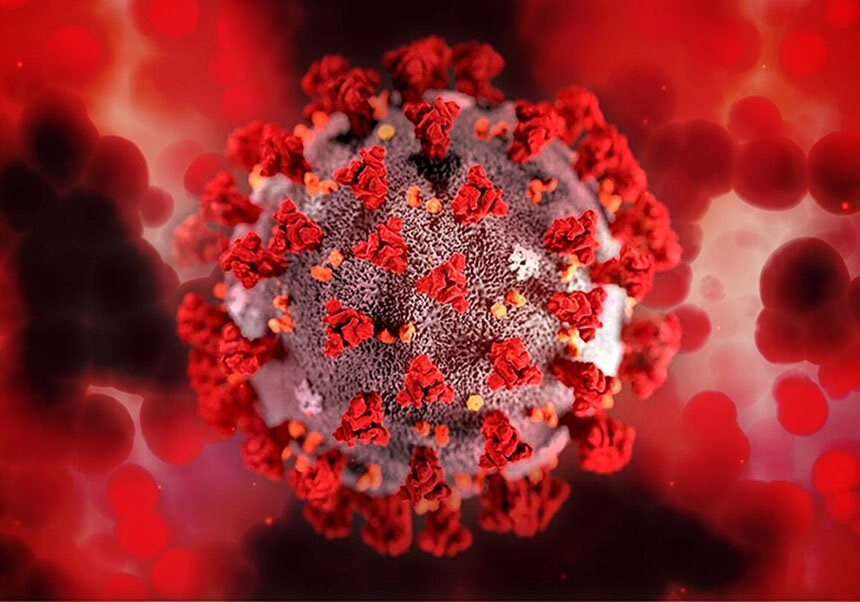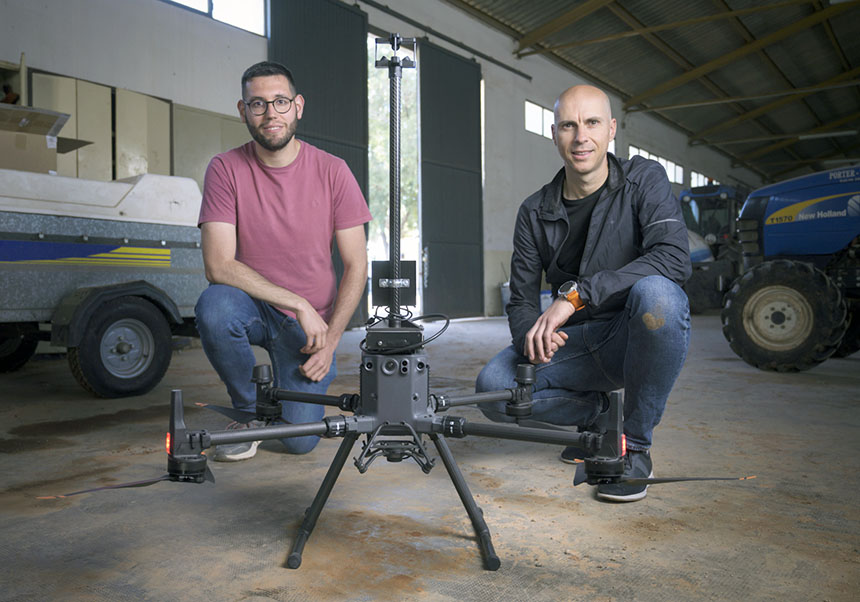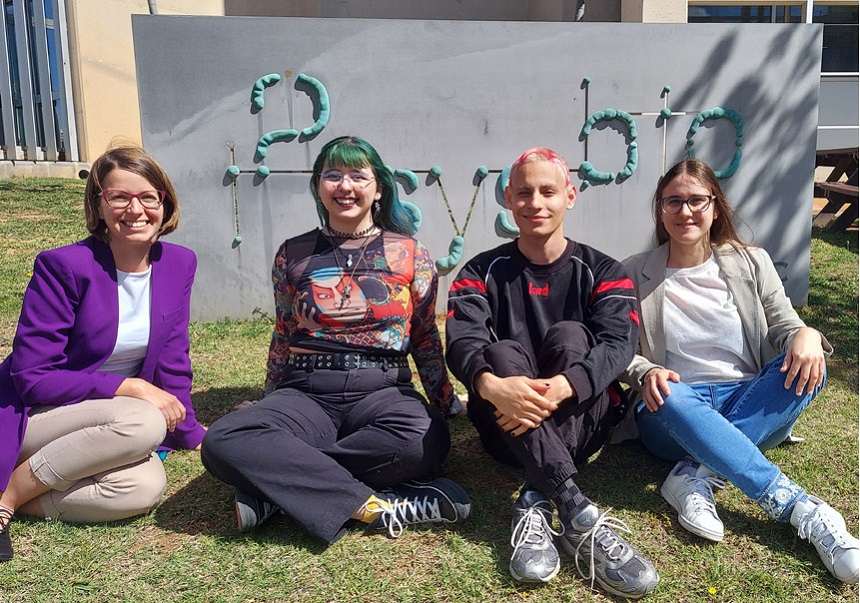Broad-spectrum antiviral developed based on a substance from crustacean shells
- Science Park
- March 21st, 2025

A team from the Institute for Integrative Systems Biology (I2SysBio, UV-CSIC) is collaborating on the development of a compound that is effective against viral respiratory infections such as the SARS-CoV-2 coronavirus and the respiratory syncytial virus. The new antiviral, whose study has been published in the journal Communications Biology, blocks the entry of multiple viruses into cells and could be used as a post-infection treatment.
This new antiviral compound is based on chitosan, a natural material derived from a substance found in the shells of crustaceans such as crabs and shrimps. Published in the journal Communications Biology, the study reveals that this drug blocks the entry of viruses into cells through an irreversible mechanism of action. It demonstrates potent activity against the virus that causes COVID-19 (SARS-CoV-2) as well as the respiratory syncytial virus (RSV), suggesting that it could be used as a treatment for viral respiratory infections via aerosols or inhalers, even after infection.
Chitosan is a natural material derived from chitin, a substance found in the shells of certain crustaceans, such as crabs and shrimps. It is a biodegradable polymer that, due to its antibacterial properties and ability to interact with cells and molecules, has become widely used in medicine, pharmacy and the food industry.
Now, the team involving I2SysBio — a joint centre of the University of Valencia and the Spanish National Research Council (CSIC) — has modified the structure of chitosan to obtain compounds similar to heparan sulphate, a molecule present on the surface of nearly all cells that viruses use to enter them. The project also involves the National Institute for Agricultural and Food Research and Technology (INIA), the Institute of General Organic Chemistry (IQOG) and the Institute of Biomedicine of Valencia (IBV) of the CSIC, along with the Centre for Biomedical Research on Rare Diseases (CIBERER) and the Centre for Cooperative Research in Biomaterials CIC biomaGUNE.
According to the article, experiments carried out on cell cultures have shown that some of these compounds block viral entry by binding to viral envelope proteins, preventing the viruses from attaching to cell receptors. "The most promising compound was able to block infection by these viruses, both in cell culture models and in mouse models, even when administered after infection had begun", explains Ron Geller, a scientist at I2SysBio and one of the lead authors of the study.
Antiviral for Common Respiratory Infections
During the research, this compound was shown to inhibit infection by various SARS-CoV-2 variants and different strains of the respiratory syncytial virus (RSV), which particularly affects infants and the elderly. Tests on animal models confirmed its efficacy. In mice infected with SARS-CoV-2, administration of the antiviral before infection reduced the viral load by more than six orders of magnitude. Even when applied after infection, a significant reduction in the virus was observed in the lungs of treated animals. Similarly, in RSV infection models, the compound significantly reduced viral replication.
"The compound works by binding directly to the virus and preventing it from entering cells. Since it was well tolerated in animals, these results suggest that it is an excellent candidate for further development as an antiviral treatment for these common viral respiratory infections", states Ron Geller. Among its advantages is that "it works against multiple viruses, not just a specific one, and blocks infection at an early stage, before the virus enters cells, preventing its logarithmic proliferation".
Aerosols for Future Pandemics
Since the compound is based on chitosan, a widely available natural polymer already extensively used in the biomedical and food industries, its large-scale production would be feasible and affordable. This paves the way for the development of formulations such as nasal sprays or inhalers for the prevention and treatment of viral respiratory infections. This breakthrough represents an innovative strategy to combat emerging and re-emerging viral diseases, providing a valuable tool for rapid protection against future pandemics and for controlling seasonal respiratory infections, according to the research team, which has already begun the process of patenting the compound.
Reference:
Julia Revuelta, Luciana Rusu, Clara Frances-Gomez, Elena Trapero, Susana Iglesias, Eva Calvo Pinilla, Ana-Belén Blázquez, Alfonso Gutiérrez-Adán, Acsah Konuparamban, Oscar Moreno, María Gómez Martínez, Alicia Forcada-Nadal, María Luisa López-Redondo, Ana Isabel Avilés-Alía, IBV-Covid19-Pipeline, José Luis Llácer, Jordi Llop, Miguel Ángel Martín Acebes, Ron Geller & Alfonso Fernández-Mayoralas. Synthetic heparan sulfate mimics based on chitosan derivatives show broad-spectrum antiviral activity. Commun Biol 8, 360 (2025). https://doi.org/10.1038/s42003-025-07763-z
File in: Ciencias de la Vida , Ciencias Tecnológicas , Ciencias Médicas
















